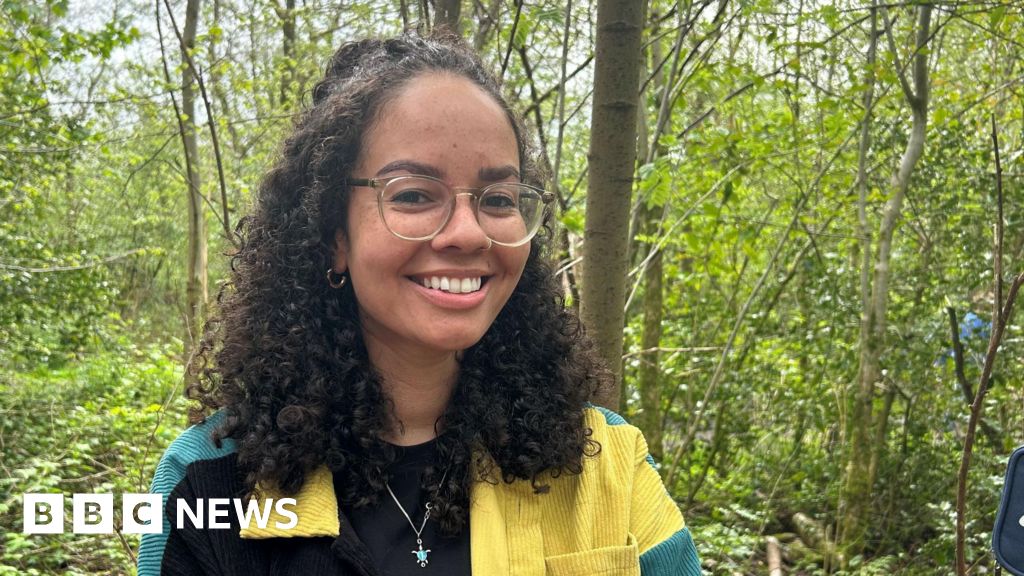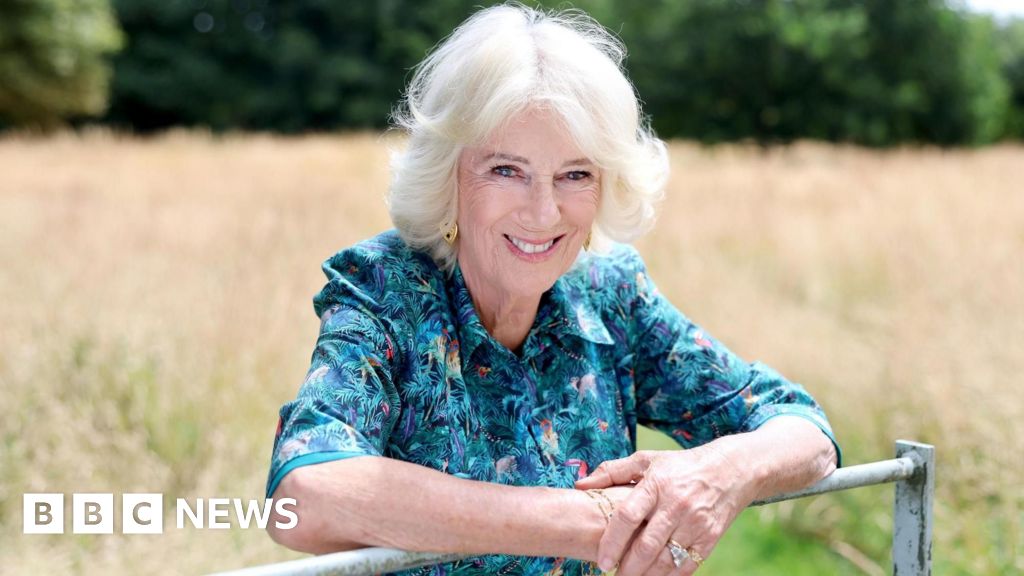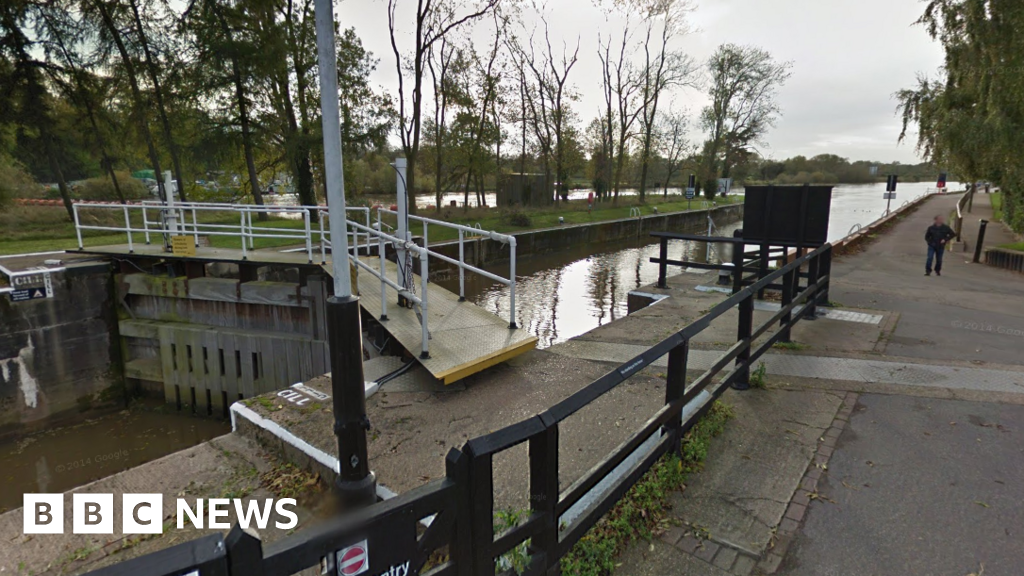Auto Amazon Links: No products found. Blocked by captcha.
A change in Scotland’s ecosystem is underway as researchers from Glasgow University have noted a surge in the mosquito population. Previously overshadowed by its annoyance-inducing cousin, the midge, the mosquito has been making a prominent presence in various parts of the country. Shetland stands out as the northernmost location where these biting insects have taken residence.
In response to public reports of nuisance biting, experts from the University of Glasgow ramped up their investigations and discovered that the reported areas were teeming with mosquitoes, actively seeking out human targets to feast upon. With over 700 potential sightings and images submitted to the ongoing Mosquito Scotland project in the past year, more than half of them have been confirmed as mosquito encounters, revealing a diverse population of 21 species within the nation.
Amidst the lush pine forests in the eastern woodlands and even within urban areas like Glasgow, mosquito larvae have been found flourishing in stagnant water sources such as garden ponds. The three-year long project led by Professor Heather Ferguson has garnered a tremendous response from the public, unveiling the extent of the mosquito presence throughout Scotland. The research effort, which involved hanging traps at 24 strategic locations, has provided valuable information on mosquito behavior and distribution.
While the absence of malaria-carrying parasites in Scotland currently diminishes the health risk posed by mosquitoes to humans, the potential for increased mosquito activity due to climate change looms on the horizon. As temperatures rise and rainfall patterns shift, these conditions are conducive to mosquito population growth. The Mosquito Scotland project serves as an essential early warning system for monitoring any potential health risks associated with mosquito-borne diseases. Interested individuals can contribute to the research by reporting their own mosquito encounters on the project’s website
Read the full article from The BBC here: Read More
Auto Amazon Links: No products found. Blocked by captcha.











